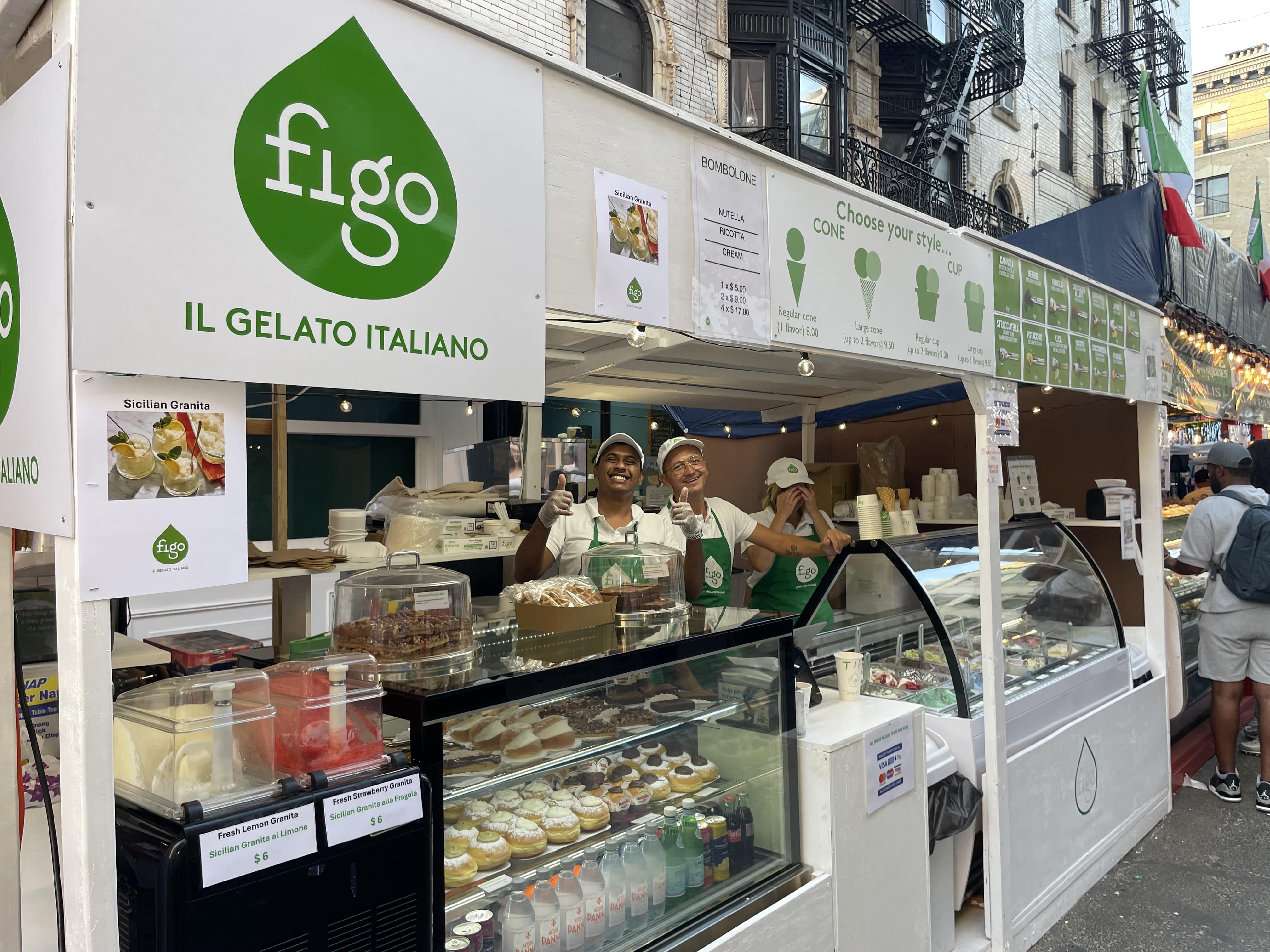The line to enter the Manchester City pop-up shop at Rockefeller Center stretched back multiple blocks. Fans of the soccer team arrived in flocks, eager to buy merchandise exclusive to the location and add their names above their favorite player’s number at the jersey personalization station.
The scene is far from uncommon. Multiple consumer-product brands have launched successful pop-ups: temporary retail spots that can be set up in brick-and-mortar spaces or custom-built structures. Pop-ups are known to have an experiential element, whether it means offering refreshments, as Van Cleef & Arpels did at Central Park South, or inviting customers to try free product samples, as Valentino did on East 57th Street.
But high-end fashion brands are hardly the only ones embracing the temporary retail trend. With upfront investments far below the cost of opening a permanent store, pop-ups give brands with limited capital access to popular locations and landlords the opportunity to fill vacant retail space. The practice has taken off in Midtown and is credited with helping to reinvigorate a neighborhood hard hit by commercial real estate vacancies.
Anissa Nouhi is the owner of Italian dessert startup Figo Gelato. She opened her first brick-and-mortar store in Little Italy in 2022. Since then, she has expanded to two more locations: one in the West Village and another in Astoria. At first, Midtown wasn’t an option.
“There are many things that block startups from going to Midtown,” said Nouhi. “To start, the price of those spaces is outlandish.”
Rent isn’t the only thing discouraging Nouhi. “The spaces there are so large that you’re either a large business or it’s difficult.”
Midtown spaces typically range from around 1,000 to 5,000 square feet, with many prime locations along Fifth Avenue and the Times Square area reaching up to 20,000 square feet, according to CommercialCafe, a retail listing site.
The use of pop-ups has helped Nouhi escape challenges with rent and square footage. In the two years it’s been in business, Figo Gelato operated pop-ups all over the city, with about 10 concentrated in the Midtown area.
“It brings in a lot of money in just a week.”
While not all her company’s ventures have been successful, Nouhi has no regrets about breaking into the pop-up business. When asked if it’s been worth it, she didn’t hesitate.
“Absolutely, 100%,” she said.
CapitalOne’s recent report on temporary retail shows that the industry will grow by 18% over the coming year to reach $95 billion dollars in 2025. Midtown, with its high foot traffic, is uniquely poised to feel the effects.
The average pop-up shop is open for 3 to 14 days, but depending on business needs, it can operate for a single day or stay open for multiple months to soak up seasonal sales—a common strategy for the popular Christmas-themed pop-ups that appear in Midtown each year. This versatility, combined with the fact that 44% of pop-ups cost less than $5,000 to open, has contributed to the industry’s rise.
Rahil Kapur, a senior real estate expert at FTI, a Midtown-based consulting firm, is not surprised by the success of temporary retail.
“Property owners and managers are increasingly open to short-term leases, recognizing the value of keeping spaces occupied and dynamic,” said Kapur.
The arrangement is necessary for the neighborhood’s recovery. The pandemic was devastating for Midtown’s commercial landlords. By late 2020, one-quarter of retail businesses had closed, and by 2021, the area’s retail vacancy rate was nearing 30%, the worst in New York City, according to The New York State Comptroller. As a result, property owners were forced to drop average rent prices to $700 per square foot, the lowest rate since 2011.
Kapur credits temporary retail with aiding Midtown’s commercial real estate recovery: “Pop-ups are frequently occupying previously vacant spaces,” he said.
Dan Scully is the Vice-President of The Georgetown Company, a real estate developer based on Park Avenue. Like most landlords, he prefers the stability of long-term leases. But he turned to pop-ups for assistance in dealing with long-term vacancies.
“We have had to engage with pop-up retailers in markets where vacancy is more prevalent, typically just to generate revenue in vacant suites until we can find long-term options,” said Scully.
The Cashmere Sale operates pop-up cashmere stores all over the U.S. from October to December each year. This fall, they’re planning to open three pop-ups in Manhattan, including a new location at 7 W. 19th St. Run by a small group of women, the company bases its entire business model on short-term leases to take advantage of “the height of cashmere selling,” also known as “sweater weather,” said Carmela Minervini, the company’s president.
The use of pop-ups enabled them to “successfully test new markets with less liability,” she added.
With 58% of pop-up store owners planning to launch another location, according to data from CapitalOne, temporary retail is likely to continue playing a key role in Midtown’s commercial real estate scene.
Minervini certainly hopes so:
“We have had success and we are opening a third location in New York City this year,” she said.


